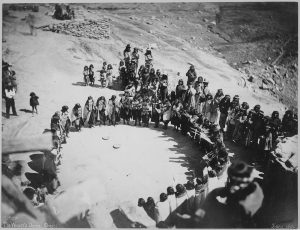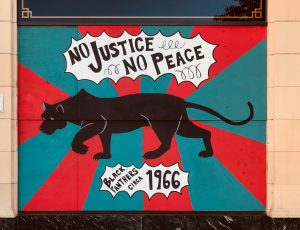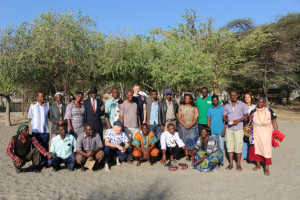Politics isn’t a dirty word. It simply means “how we make decisions about the direction of our society.” This process has become mired in corruption. Making political change (and therefore economic and social change) requires that we get organized.
Countless activists through history remind us to “Organize, organize, organize,” to “Join an organization.” In response to the question “what can one person do?” they answer: “don’t just be one person.”
But what does it actually mean to get started in political organizing? This article explains the basics of how to start a movement.
Step 1: Find like-minded people
If you want to achieve social change, it is advisable to think about how you are going to organize yourself in the long term. In many cases, you will not achieve your goal after a single protest. Sometimes movements grow very fast and lose focus. Setting up a proper organization will help you to work more effectively and prevent future problems.
The first step is to find like-minded people.
There are many ways to go about this. Most simply, reach out to your friends. Send messages and emails. Consider using online groups and discussion forums. Then invite people to meet face-to-face.
Step 2: Meet Up
 Make sure to prepare beforehand and decide who is going to facilitate the event. Decide on a location and time at least two weeks before, so that you have some time to promote it.
Make sure to prepare beforehand and decide who is going to facilitate the event. Decide on a location and time at least two weeks before, so that you have some time to promote it.
Share your event with anyone you want to attend, and prepare for all meetings with an agenda. Open-brainstorming is good, but try to keep meetings and groups action-oriented. Don’t get too bogged down in debate.
Collect and exchange contact info: People who are interested in your initiative may not be able to join your meetings. Create a chat group or ask participants of the brainstorm to fill out a form with their email address and phone number. This way you can reach out to them later if you want to organize another meeting.
In the beginning, aim for two solid people. Then three, then four. Small groups can catalyze major changes, if they have sound strategy, dedication, skills, and can assemble resources to support the goal. Small groups that trust each other and collaborate well may be more effective than larger groups that cannot communicate well or work together smoothly, but large numbers of people create momentum of their own.
Step 3: Make a Plan
Groups and organizations thrive on action. Set a goal or a sequence of goals, even if it is small, and start working towards it. Try to ensure every person has a way to contribute, and re-evaluate and modify strategy as you go.
Step 4: Create Structure
 Any organization should have a core set of widely agreed-upon rules and basic principles. Usually, these rules and basic principles are written down.
Any organization should have a core set of widely agreed-upon rules and basic principles. Usually, these rules and basic principles are written down.
For example, together you could write down the demands of your organization. This way, it is clear to both your members and the outside world what your organization stands for.
Consider the following ideas: principles, goals, rules/code of conduct, demands, and organizational structure.
Step 5: Take action
In political organizing, action is the central goal. Everything should be organized to support action. But understand that action can look different, depending on the organization. Action does not refer to direct action alone. Deep Green Resistance, for example, engages in and supports various types of action, including outreach, pressure campaigns, lawsuits, community organizing, and direct action.
Additional resources to help you get started in political organizing
The book Deep Green Resistance is an excellent guide to organizing.
The rest of the Four Part Series is here.
Study Guide for Jane McAlevey’s No Shortcuts: Organizing for Power in the New Gilded Age:
Click to access No-Shortcuts-Discussion-Guide-for-DSA-Fund-Website.pdf
Banner Photo by JD Doyle on Unsplash. This content is shared under the CC BY-NC-SA 4.0 License. This article is adapted from material at the Activist Handbook. While we don’t agree with everything in that document, it is a useful starting point for beginners.



Hey, our back link notification system alerted me that there was a new website linking to Activist Handbook.
I’m so happy to have found your platform, you have lots of cool resources! I’m curious to hear how you came to Activist Handbook, and how we could improve our articles. We write for beginners indeed (but with the hope of turning them into experts 😉).
How about we schedule a video call sometime to get to know each other a bit?